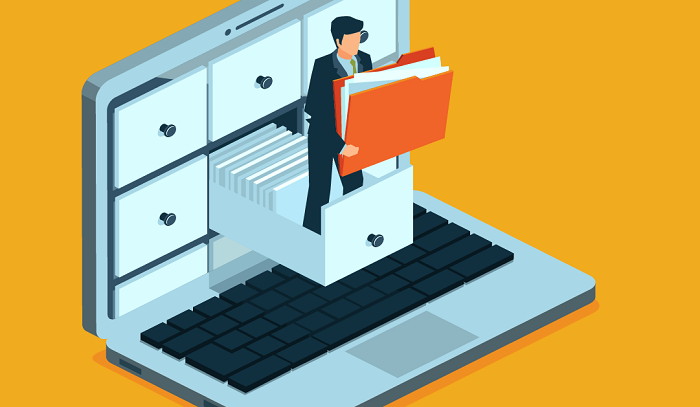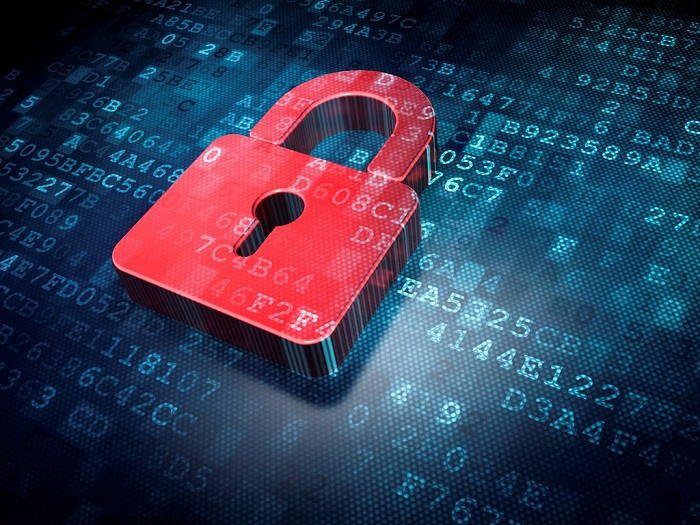Did you know that IaaS (infrastructure as a service) is one of the fastest-growing public cloud segments? Moreover, it grew by 27.6% in 2019 and hit $39.5 billion, up from $31 billion the previous year. It’s not surprising that Microsoft’s latest Security Intelligence Report for 2017 revealed that cloud service users faced a 300% annual increase in onslaughts.

So, what do these figures tell us? They show us that the online world in which your virtual machines operate is not safe. Thus, act early to prevent data crash catastrophes (click here to learn more about our Hyper-V backup solutions).
Everything You Need to Know About VMs and Data Security
So, how can you act without accurate information about your data’s security in the virtualized world? Thus, we composed this informative post to inform you about the facts you should know about VMs and data security. Keep reading to get a competitive edge over VM data vulnerabilities.
1. All VM are Subject to Attacks
First, your data is just as secure or insecure as your virtual machine. Thus, it’s necessary to know that all virtual machines are subject to attacks and targets for hackers. Remember, all your VMs’ online connections pass through your physical computer and router.
Hackers can trail and monitor your router’s IP address straight to your physical address. Therefore, your virtual machines are safe online to the extent your physical computers are safe.
2. Rogue Software Still Threatens VMs
Second, you should know that your virtual computers are more likely than physical machines to contain rogue apps end-users might hide from the management.
For example, some of them could run password-monitoring and hacking tools. Smart and rogue users can store these apps in VMs when they are shut down to hide them from network scanners that alert security people.
3. VMs are More Vulnerable Than Physical Ones
Third, they are more exposed to hackers than their hardware counterparts. They are connected to networks and domains, and thus, their security is lower than that of physical ones.
4. Documentation is Critical
Fourth, know that documentation is critical for your virtual machines’ data security. For instance, when conducting maintenance to keep off hackers, your success depends on knowing what you have deployed.

For example, you should know the deployment version numbers. Thus, lacking this knowledge could hamper your efforts to safeguard your data on these machines. Fortunately, documentation ensures that your team can know which deployed asset is vulnerable to hackers, making it easy to patch those vulnerabilities on time.
5. Focus on the Ecosystem and not Just Software
Fifth, you have to face and approach your VMs’ data security from a wholesale angle. You ought to approach it beyond mere software solutions and focus on an entire ecosystem. The reason is that your machines operate in a virtually interconnected world.
This way, it becomes more convenient to address systemic issues effectively. Remember, when you approach security as a whole, it’s easier to detect the weakest links in the entire system.
Don’t forget that your details are just a few of the assets existing in your virtualized PCs. For instance, your information could be secure within the virtualized network. However, if you ignore your network security’s password administration, you could still compromise its overall security.
6. You Can Control and Enhance Safety
Sixth and lastly, you don’t have to panic because you can take charge of your virtual computers and your valuable information. For example, you can encrypt all your virtual disks on any operating system.



You can do this by encoding every disk with keys and policy frameworks that regulate your virtual environment. Azure users can utilize their Key Vault in protecting their disks’ encoding keys, auditing their use, and managing their keys’ access regulations.
Encryption is just one of the many ways of securing your information in these virtualized computers. However, you can implement other measures that are beyond this post’s jurisdiction. But we hope this example will inspire you to know that you are in charge of your VM security.
Conclusion
There you go with all you needed to know about your VMs and data safety. The choice is yours to use these insights to boost your data security in your virtualized world.



















